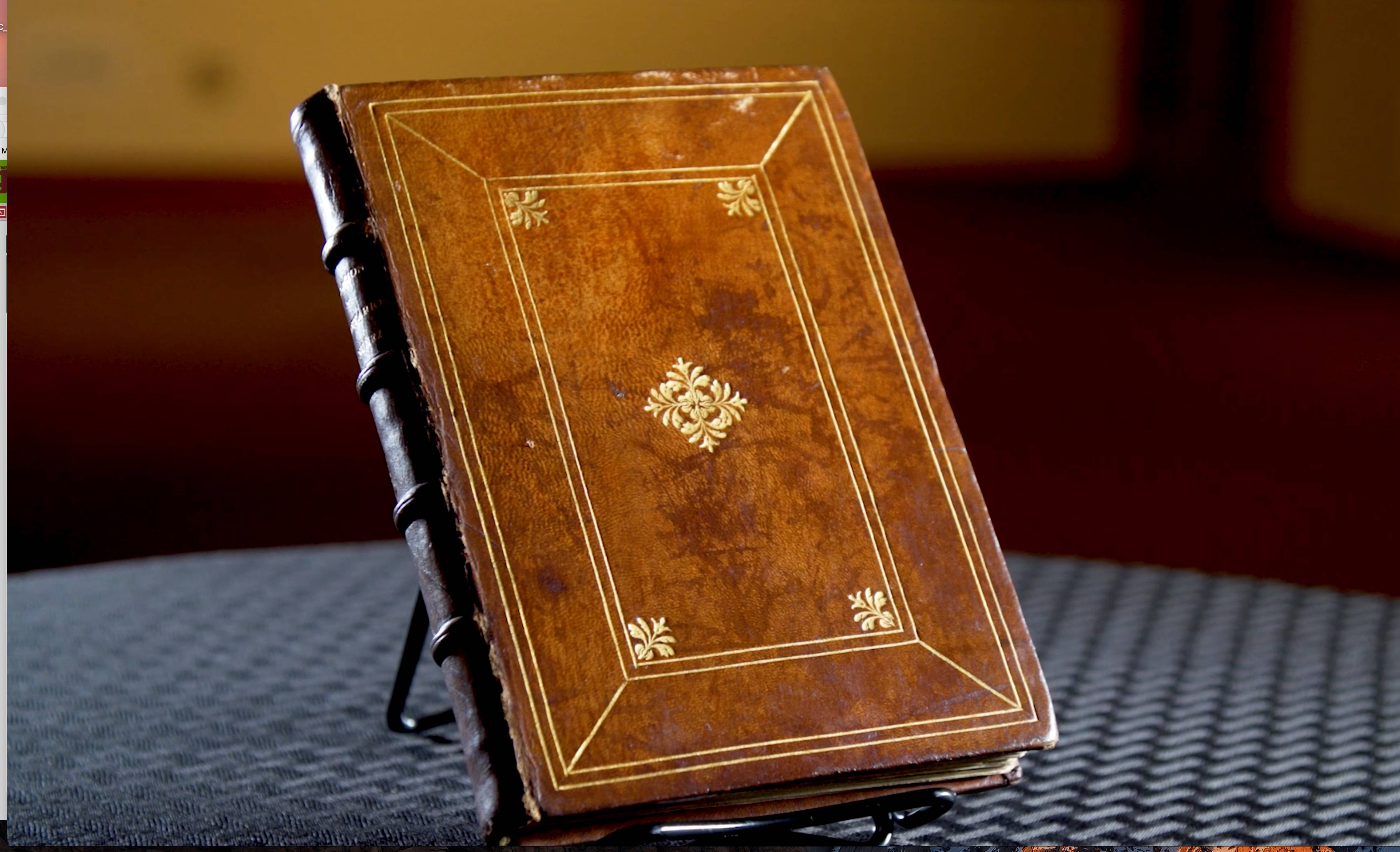


SAN MARCOS, TX – Scholars of Texas, U.S. and world history can now access an innovative online resource that showcases the earliest written account of Texas and the Southwest. Texas State University Libraries and The Wittliff Collections today launched a website celebrating La relación, a book written by Spanish conquistador Álvar Núñez Cabeza de Vaca and originally published in 1542. Texas State re-digitized its rare copy of the 1555 revised edition and published a multi-media informational website that will help historians and scholars around the world research the trailblazing work.
“We first digitized our copy of La relación and made it available online 15 years ago and it has been by far the most accessed resource in our Southwestern Writers Collection,” said Texas State Associate Vice President and University Librarian Joan Heath. “With the advances in digitization technology and online resources, we felt it was important to use the state-of-the-art technology and digitization experts we have here to redo that work and provide an even better online exhibit for scholars, historians and interested individuals around the world to access.”
La relación tells the story of Cabeza de Vaca and three companions who shipwreck along the Texas coast in 1528. It documents their travels through Texas and into the greater southwest and Mexico, including their encounters with various Native American Tribes. The book, which serves as the foundational piece of The Wittliff Collections, was donated to Texas State through the generosity of Bill and Sally Wittliff and an anonymous donor in 1989.
Cabeza de Vaca’s account is of great anthropological and historical importance. In Texas alone, he identifies 23 Native American groups, describing in detail their clothes, languages, eating habits, rituals, homes, and migrations. This has made the work very important to middle and high school Texas History classes who often used the previously published website in their curriculum.
“We know that teachers have found this work to be invaluable in teaching students about the early inhabitants of Texas,” said The Wittliff Collections Director Dr. David Coleman. “Students find the adventurous aspects of the story to be interesting. This new website format is even more engaging and appealing.”
The website includes page-by-page images of the book with an English translation next to each page, so people can read the story as written and translated. Dr. Frank de la Teja, a Regents and University Distinguished Professor Emeritus from Texas State University provides video commentary that helps highlight facets of the story and relates the historical significance of Cabeza de Vaca’s journey and experiences. In addition, there is a collection of artwork depicting the journey and links to teaching guides and other resources for further study.
For more information about the website project check out this video description.
- Facebook
- Twitter
- Instagram
- Youtube
Email List